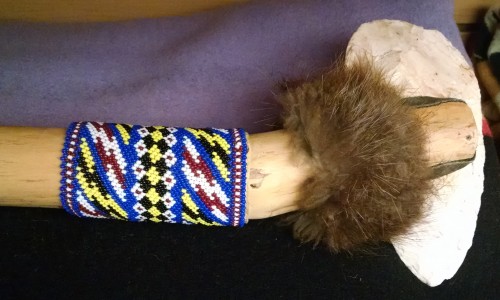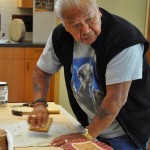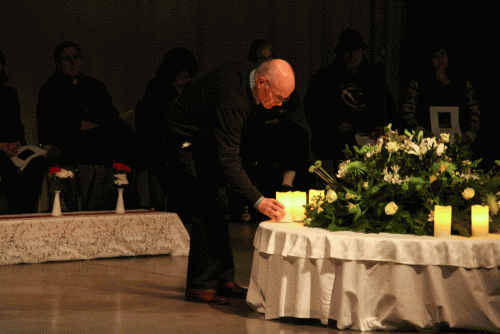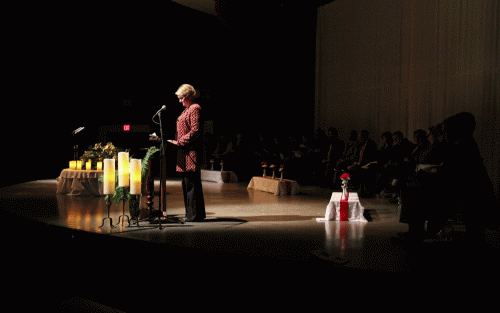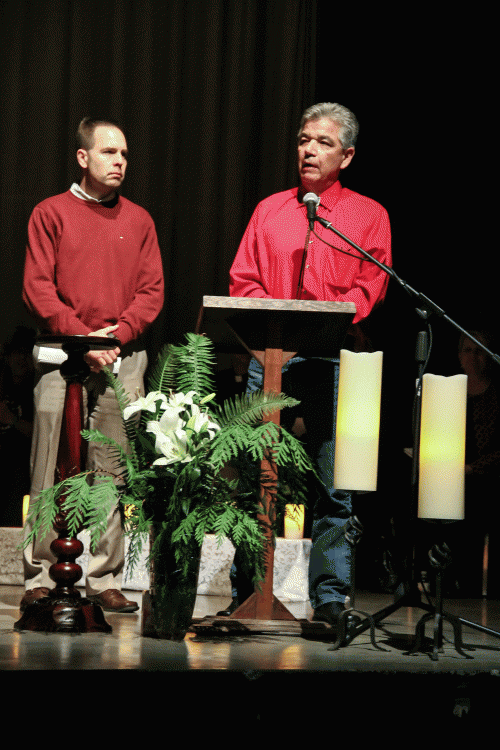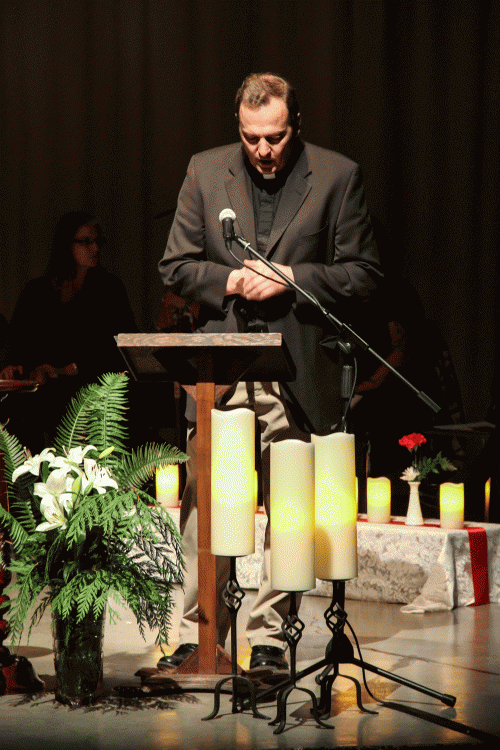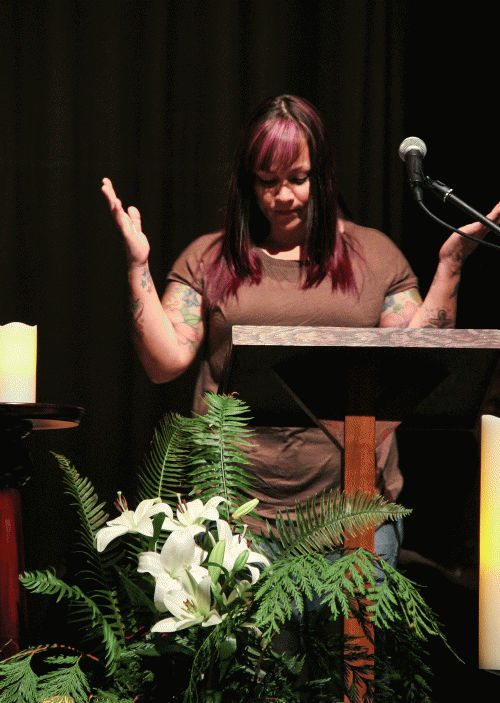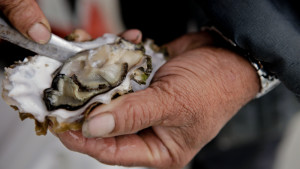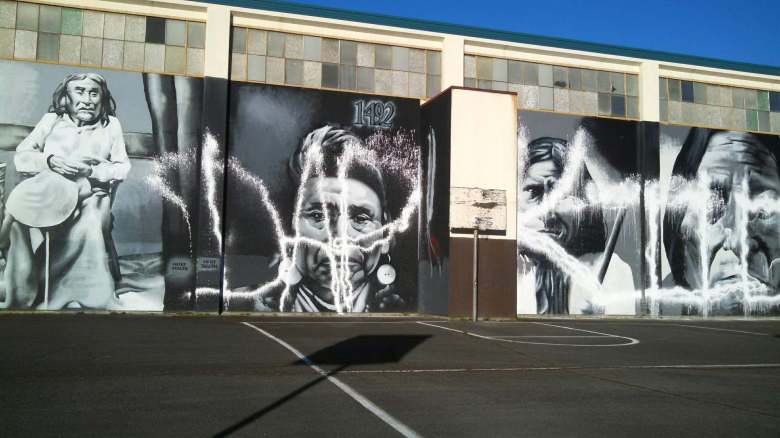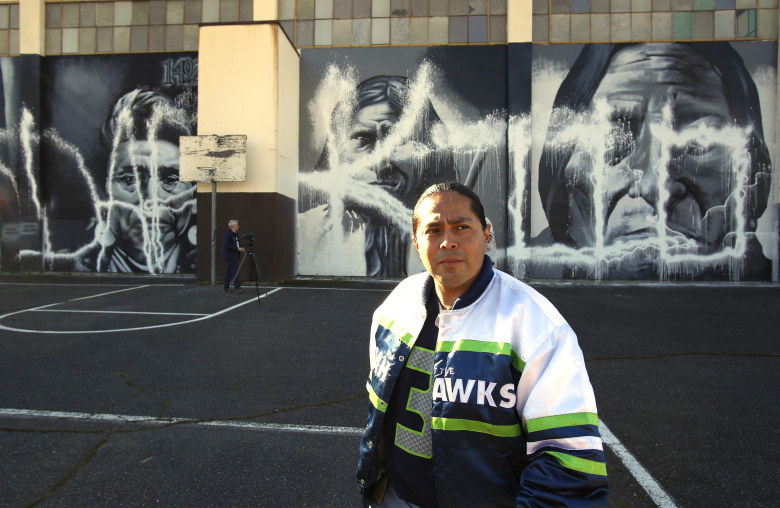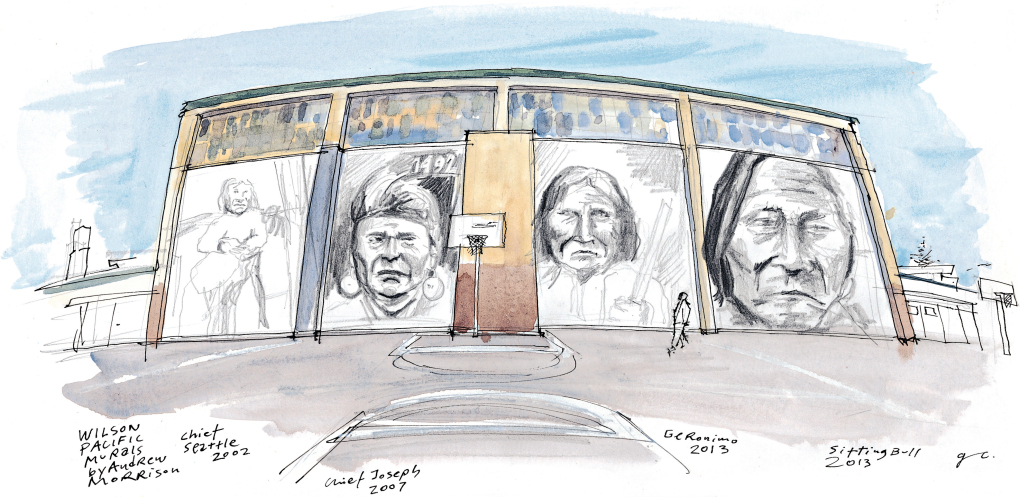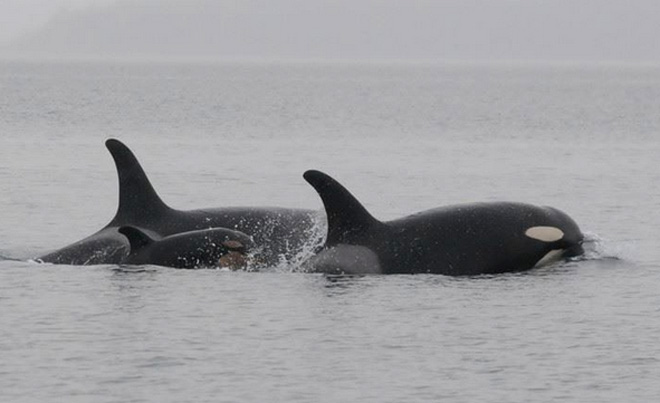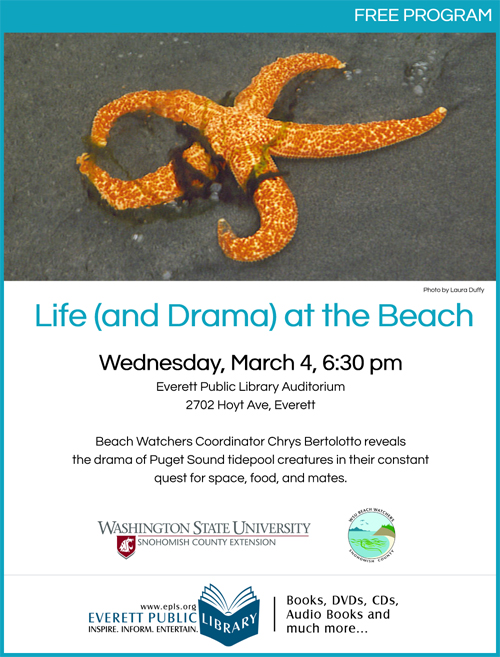Indian Affairs – U.S. Department of the Interior
WASHINGTON, D.C. – In keeping with President Obama’s commitment to supporting Indian families and building resilient, thriving tribal communities, Assistant Secretary – Indian Affairs Kevin K. Washburn today announced action the Bureau of Indian Affairs (BIA) has taken to help prevent the further dissolution of American Indian and Alaska Native families through the misapplication of the Indian Child Welfare Act (ICWA) of 1978 (Public Law 95-608).
“For too many years, some of Indian Country’s youngest and most vulnerable members have been removed from their families, their cultures, and their identities,” said Assistant Secretary Washburn. “Congress worked hard to address this problem by enacting the Indian Child Welfare Act. Yet, today too many people are unaware of this important law and, unfortunately, there are some that work actively to undermine it. Our updated guidelines for state courts will give families and tribal leaders comfort that the Obama Administration is working hard to provide better clarity so that the courts can carry out Congress’ intent to protect tribal families, preserve tribal communities, and promote tribal continuity now and into the future.”
In his address to the National Congress of American Indians at its winter session in Washington, DC, the Assistant Secretary announced that the BIA will publish this week its revised BIA Guidelines for State Courts and Agencies in Indian Child Custody Proceedings to support the full implementation and purpose of ICWA – the first such update since it was issued over 35 years ago.
Congress enacted ICWA after hearings which found that an alarmingly high percentage of Indian families had been broken up when public and private agencies subjected Indian children to unwarranted removal, most of whom were eventually placed in non-Indian homes.
ICWA set forth a federal preference for keeping American Indian and Alaska Native children with their families, including extended families, and deferring to tribal judgment on matters concerning the custody of tribal children. In initially carrying out Congress’ intent, the BIA published on Nov. 26, 1979, Guidelines for State Courts; Indian Child Custody Proceedings to inform state courts and agencies of ICWA’s requirements in Indian child custody proceedings. Until today, those guidelines had not been updated.
The guidelines will provide long-overdue guidance to state courts as they work daily to ensure full implementation of the law. BIA’s updated guidelines build upon the good work of states like New Mexico and Wisconsin that are actively working to implement ICWA as Congress envisioned. In Wisconsin, the state codified ICWA into state law to facilitate implementation. New Mexico is working with tribes to review its implementation of, and compliance with, ICWA. As part of this effort, the New Mexico Tribal-State Judicial Consortium developed an ICWA Judicial Bench Card that provides reference materials for tribal and state judges as they handle ICWA cases. The BIA guidelines issued this week will serve as another resource for state and tribal courts and agencies.
Several long-term studies have been conducted of Native American adult adoptees. Despite socioeconomic advantages that many of them received by virtue of their adoption, long term studies reflect that these adoptees experienced increased rates of depression, low self-esteem, and suicide. In addition, many adult adoptees continue to struggle with their identities and have reported feelings of loneliness and isolation. Today, the number of Native American children in foster care alone is still alarmingly high, and they are still more than twice as likely to be placed in foster care overall.
The United States Department of Justice is taking action in states like South Dakota to ensure that Native children and families receive the full protection of ICWA. These guidelines will assist those efforts to ensure that states fully implement the federal law enacted to protect tribal communities. In enacting ICWA, Congress recognized that this was not a tragedy only for American Indian and Alaska Native families and children, but also for tribes who have lost generations of future members and leaders. In enacting ICWA, Congress sought to carry out the United States’ trust responsibility for protecting Indian children and the stability and security of American Indian and Alaska Native tribes and families. Protecting Indian children reflects the highest ideals of the trust responsibility to Indian tribes and the guidelines issued today are a part of this Administration’s broader approach to ensuring compliance with ICWA.
In 2014, the Department of the Interior invited comments to determine whether to update its guidelines and what changes should be made. The Department engaged in a process that included three listening sessions with tribes and two listening sessions with judicial organizations across the country to hear comments on how the guidelines should be updated. The Department received comments from those at the listening sessions and also received written comments, including comments from individuals and organizations interested in Indian child welfare. An overwhelming proportion of the commenters requested that Interior update its ICWA guidelines and many had suggestions for revisions that have been included. The Department reviewed and considered each comment in developing these revised guidelines.
In his remarks, Assistant Secretary Washburn noted instances in which the ICWA law and BIA guidelines were not followed, preventing the goals of ICWA from being realized. These circumstances continue to alarm tribal leaders, Indian families, and Indian child welfare advocates.
The updated guidelines will help ensure tribal children are not removed from their communities, cultures and extended families. The guidelines clarify the procedures for determining whether a child is an Indian child, identifying the child’s tribe, and notifying its parent and tribe as early as possible before determining placement. The updated guidelines also now provide comprehensive guidance on the application of active efforts to prevent the breakup of the Indian family. They also provide clarification that ICWA’s provisions carry the presumption that ICWA’s placement preferences are in the best interests of Indian children.
The Assistant Secretary – Indian Affairs oversees the BIA, which is headed by a director who is responsible for managing day-to-day operations through four offices – Indian Services, Justice Services, Trust Services, and Field Operations. These offices directly administer or fund tribally based infrastructure, economic development, law enforcement and justice, social services (including child welfare), tribal governance, and trust land and natural and energy resources management programs for the nation’s federally recognized American Indian and Alaska Native tribes through 12 regional offices and 81 agencies.
